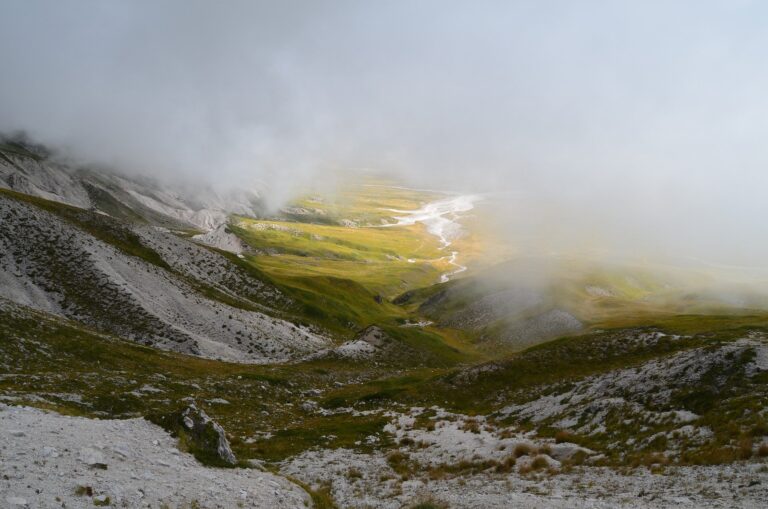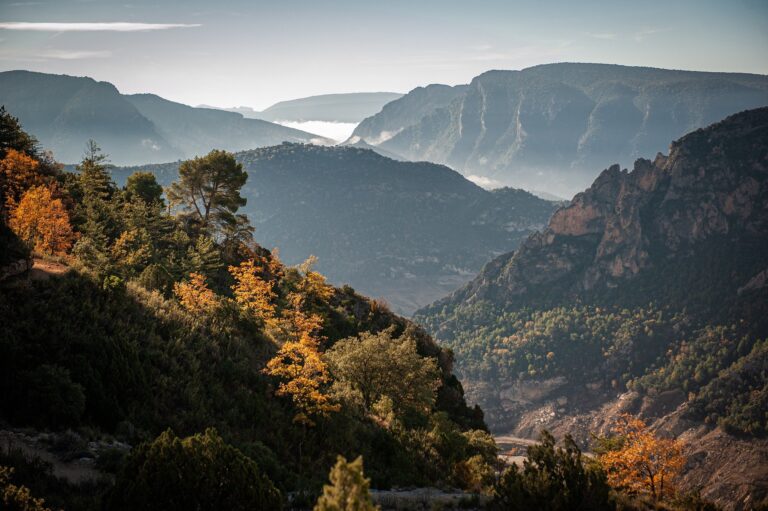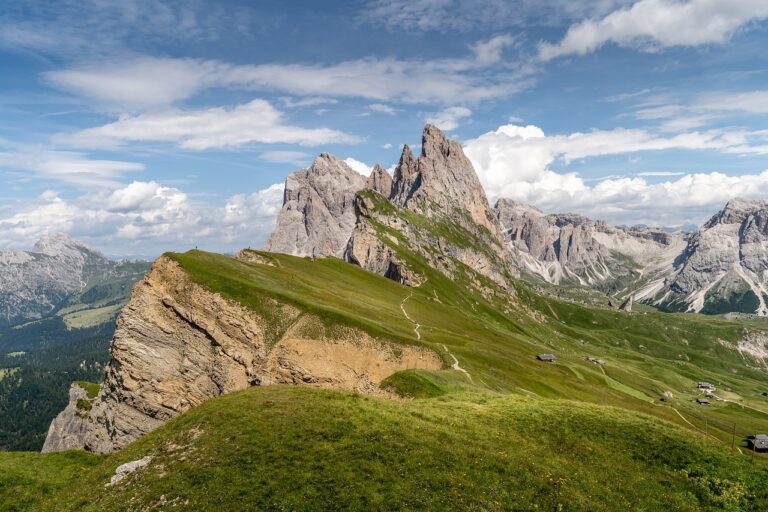How to Choose the Right Route for Chardham Yatra
The Chardham Yatra is a sacred pilgrimage to four revered shrines: Yamunotri, Gangotri, Kedarnath, and Badrinath, nestled in the majestic Himalayas of Uttarakhand, India. Choosing the right route for this spiritual journey is essential for a seamless experience, as it involves navigating through challenging terrains and unpredictable weather conditions. Here’s a detailed guide to help you plan your Chardham Yatra effectively.
1. Understand the Chardham Circuit
The traditional sequence of the Chardham Yatra follows a clockwise direction, starting from Yamunotri, followed by Gangotri, Kedarnath, and concluding at Badrinath. This order is not just logistical but also holds spiritual significance. Yamunotri represents the origin of the Yamuna River, while Gangotri marks the source of the Ganges. Kedarnath and Badrinath are dedicated to Lord Shiva and Lord Vishnu, respectively, completing the divine circuit.
2. Choose Between Road and Helicopter Travel
The route you select largely depends on your preferences, time constraints, and physical fitness.
- By Road:
Most pilgrims opt for road travel, which involves a mix of driving and trekking. The journey typically begins from Haridwar or Rishikesh, covering the following route:- Haridwar → Barkot (Yamunotri Base)
- Barkot → Uttarkashi (Gangotri Base)
- Uttarkashi → Guptkashi (Kedarnath Base)
- Guptkashi → Joshimath → Badrinath
This route allows you to experience the natural beauty and cultural richness of the region. However, road travel can be time-consuming and physically demanding, particularly during treks to Yamunotri and Kedarnath.
- By Helicopter:
Helicopter services are available for those seeking a quicker and more comfortable journey. These services operate from Dehradun, covering all four dhams within 1-2 days. While more expensive, helicopter travel minimizes the physical strain and offers breathtaking aerial views of the Himalayas.
3. Consider the Best Time to Travel
The Chardham Yatra season typically begins in late April or early May and lasts until October or November. However, the ideal months to travel are May, June, September, and October, as the weather is relatively stable. Avoid the monsoon season (July and August) due to heavy rainfall, landslides, and potential roadblocks.
4. Assess Your Physical Fitness
Trekking is a significant part of the Chardham Yatra, especially for Yamunotri and Kedarnath. Ensure you are physically fit and prepared for steep climbs and rugged terrains. If trekking is a challenge, you can hire ponies, palkis (palanquins), or opt for helicopter services to Kedarnath.
5. Book Accommodation in Advance
The Chardham Yatra attracts thousands of pilgrims annually, leading to high demand for accommodations. Plan your itinerary and book your stays well in advance, especially during peak seasons. Budget-friendly guesthouses, dharamshalas, and luxury hotels are available along the route.
6. Check Road Conditions and Weather Updates
The Himalayan terrain is prone to sudden weather changes, landslides, and road closures. Stay informed about current road conditions and weather forecasts. Having a flexible schedule will help you adapt to any unforeseen circumstances.
7. Hire a Trusted Tour Operator
If planning the route seems overwhelming, consider hiring a reputable tour operator. They provide end-to-end services, including transportation, accommodations, meals, and guided treks, ensuring a hassle-free experience.
Conclusion
Choosing the right route for the Chardham Yatra involves careful planning and consideration of factors like travel mode, weather, fitness, and logistics. Whether you opt for a road trip to immerse yourself in the serene landscapes or a helicopter journey for a quick and comfortable experience, the Yatra promises spiritual rejuvenation and a lifetime of cherished memories. Prepare well and embark on this sacred journey with devotion and determination.






